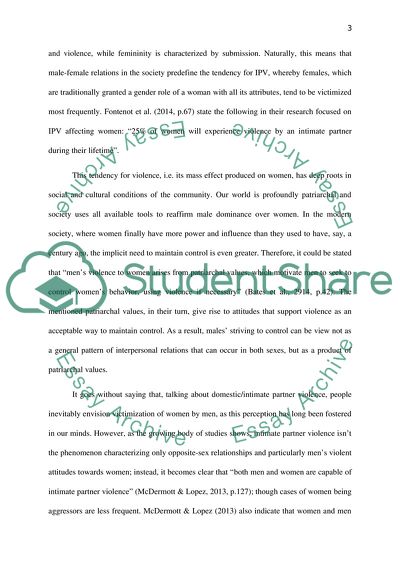Cite this document
(Heterosexual and Same-Sex Intimate Partner Violence Essay, n.d.)
Heterosexual and Same-Sex Intimate Partner Violence Essay. https://studentshare.org/sociology/1873847-a-comparison-of-heterosexual-and-same-sex-intimate-partner-violence-in-related-to-the-gender-role-stereotyping
Heterosexual and Same-Sex Intimate Partner Violence Essay. https://studentshare.org/sociology/1873847-a-comparison-of-heterosexual-and-same-sex-intimate-partner-violence-in-related-to-the-gender-role-stereotyping
(Heterosexual and Same-Sex Intimate Partner Violence Essay)
Heterosexual and Same-Sex Intimate Partner Violence Essay. https://studentshare.org/sociology/1873847-a-comparison-of-heterosexual-and-same-sex-intimate-partner-violence-in-related-to-the-gender-role-stereotyping.
Heterosexual and Same-Sex Intimate Partner Violence Essay. https://studentshare.org/sociology/1873847-a-comparison-of-heterosexual-and-same-sex-intimate-partner-violence-in-related-to-the-gender-role-stereotyping.
“Heterosexual and Same-Sex Intimate Partner Violence Essay”. https://studentshare.org/sociology/1873847-a-comparison-of-heterosexual-and-same-sex-intimate-partner-violence-in-related-to-the-gender-role-stereotyping.


